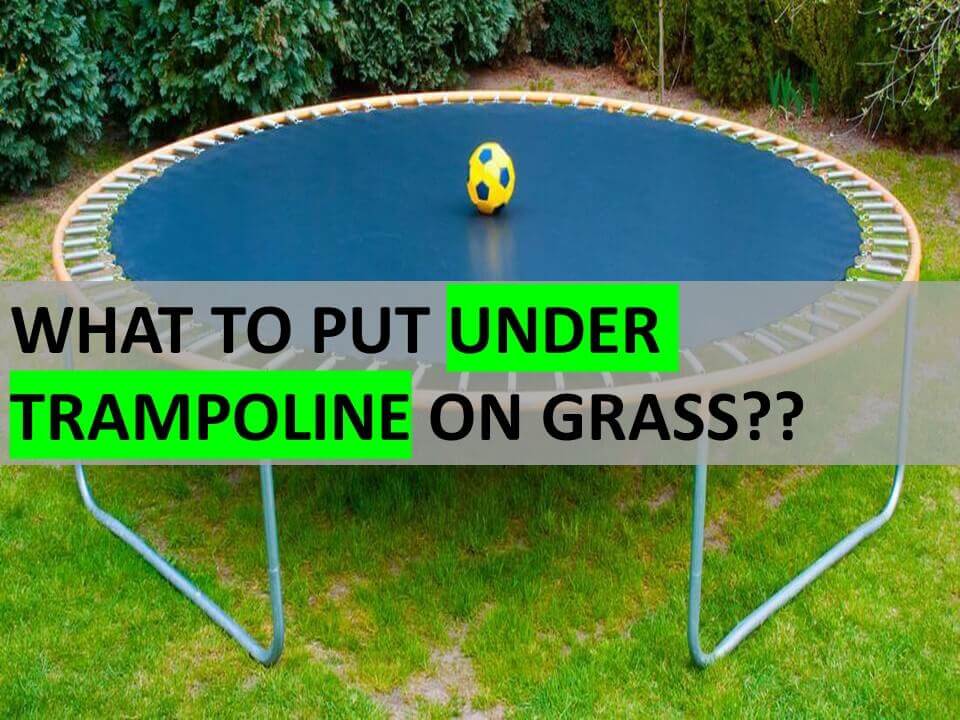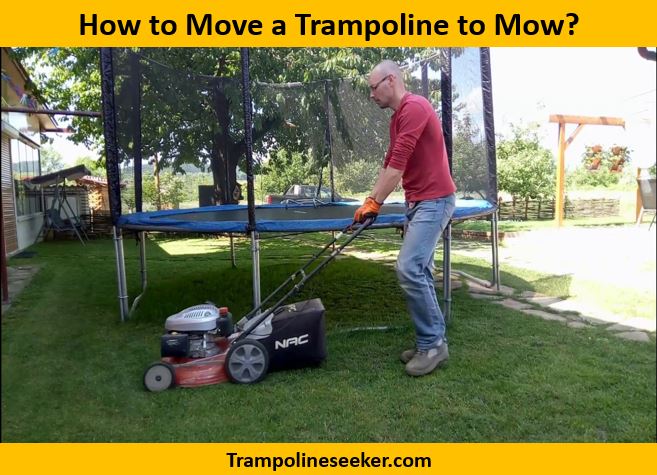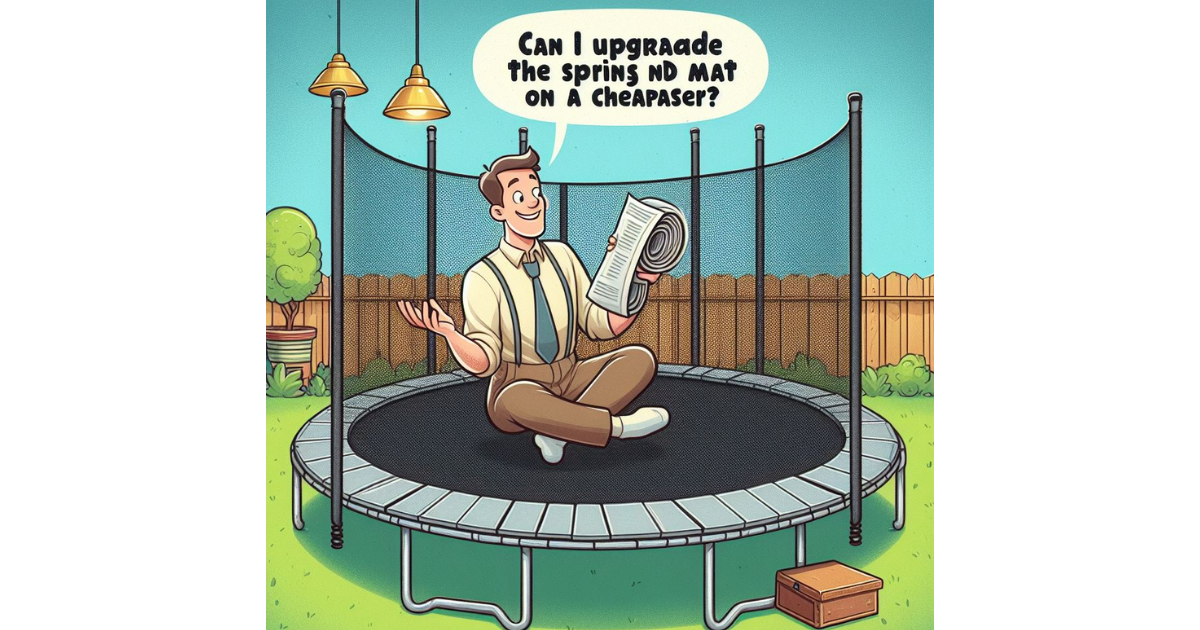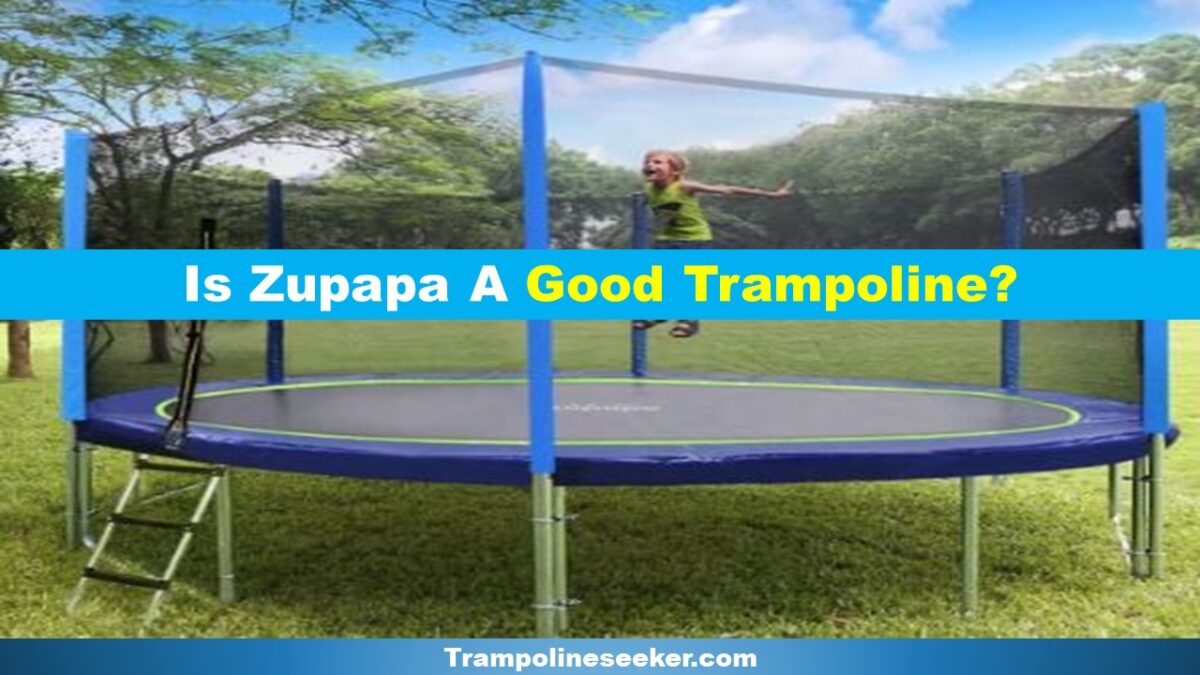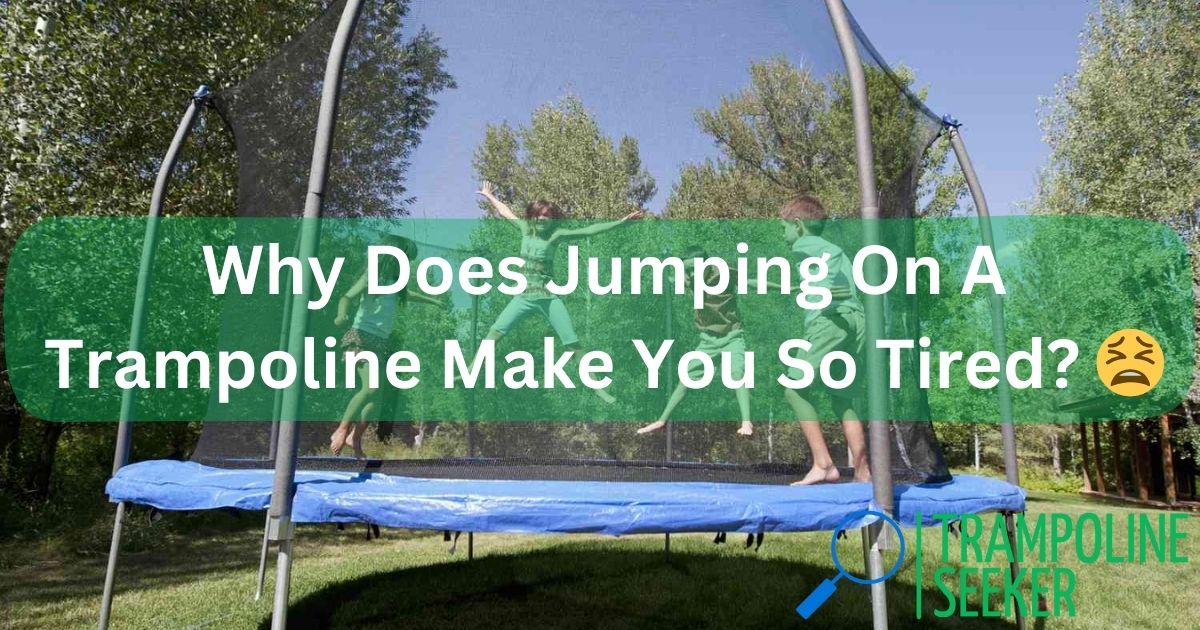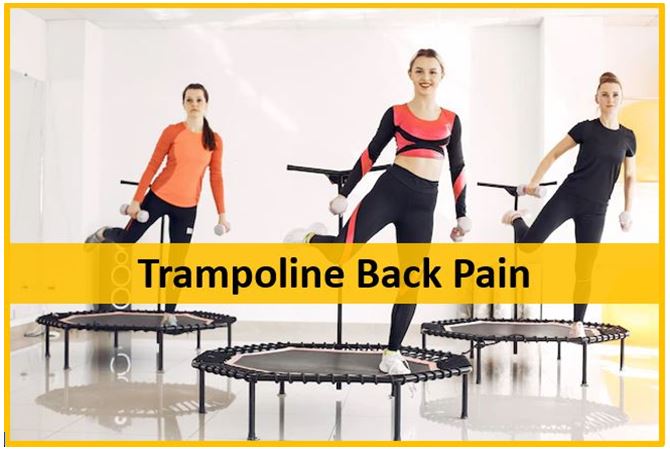Before you start, make sure that you have all the materials needed. You will need a piece of heavy-duty nylon rope, a trampoline mat, and some stakes.
Here’s How to Put Together a Rectangle Trampoline:
Find a flat surface that will work for your rectangle trampoline. You’ll need about 2 feet of space, so make sure your spot is big enough.
Strip all the old padding off the frame of your trampoline. You’ll want it to be as smooth as possible so it doesn’t snag on your jumps.
If you’re using stakes, drive them into the ground at each corner of your trampoline frame. If you’re not using stakes, you can just lay down some thick pieces of cardboard or plastic instead (this will help protect your floor).
Place the trampoline fabric over the top of the frame, making sure it’s evenly spread out across all four corners. Don’t pull on the fabric yet, you’ll want it to hang loosely so it won’t get caught in between the poles of the frame later.
Pull up on both ends of the fabric until it’s even with the top of the frame–don’t worry if there are a few wrinkles here and there.
Now comes the tricky part: attaching those pesky poles. First, line up one of the poles with one of the notches in the fabric.
Grab a corner of the fabric and stretch it over the pole until it covers the whole thing. Now use your fingers to scrunch up the fabric around the pole.
This will create friction and keep the trampoline stable. Repeat with the other pole, and you’re done.
Other Articles:
| How to Anchor Trampoline on Artificial Grass |
| Can Dogs Go on Trampolines |
| Can a Trampoline Stay Out in the Winter |
| Trampoline Lights |
| How to Measure a Trampoline |
How to Put Together the Frame?
The frame for a rectangle trampoline is made up of four legs and a frame supports. The frame supports are held in place by screws that go through the supports into the ground.
The corners of the rectangle are then cut and the frame can be assembled by screwing the four corner legs in place. The middle leg is then inserted and screwed in place. Finally, the top and bottom legs are inserted and screwed in place.
How to Put Together the Springs?
There are a few different ways to put together a rectangle trampoline. One way is to use the springs that come with the trampoline. You can also buy springs separately. If you want to use springs, make sure they are the right size for your trampoline.
You can find out how big your springs are by measuring the outside of your trampoline enclosure and comparing it to the measurements on the package or online instructions.
If you don’t have any springs, you can use bungee cords instead. Bungee cords are stretchy and will hold up your enclosure well. You’ll just need to measure how much stretch there is in the cord before buying it so that it fits properly.
How to Install the Safety Netting?
- Measure the opening in your trampoline enclosure that will allow the netting to fit through. Use a pencil or a measuring tape to make this measurement.
- Cut the netting to this size with a sharp knife or scissors.
- Fit the netting into the opening in the trampoline enclosure, making sure it is evenly spread out and fits snugly against all sides of the opening.
- Thread each end of the belt through one of the holes in the netting, then pull tight to secure. Make sure there are no gaps between the belt and netting, or your children could accidentally fall through them when jumping on the trampoline.
Types of Rectangular Trampolines
There are many types of rectangular trampolines, but the most common is the round trampoline. There are many advantages to using a rectangular trampoline over a round one. Rectangular trampolines are typically less expensive and easier to assemble. They also have a shorter jumping surface, making them better for younger children and those with smaller bodies.
Who Can Use a Rectangle Trampoline?
There are a few restrictions on who can use a rectangle trampoline:
- Only people over the age of 8 are allowed on the trampoline
- No more than two people are allowed on the trampoline at a time
- The trampoline must be properly anchored to the ground
- Children under the age of 8 should always be supervised by an adult when using a trampoline


